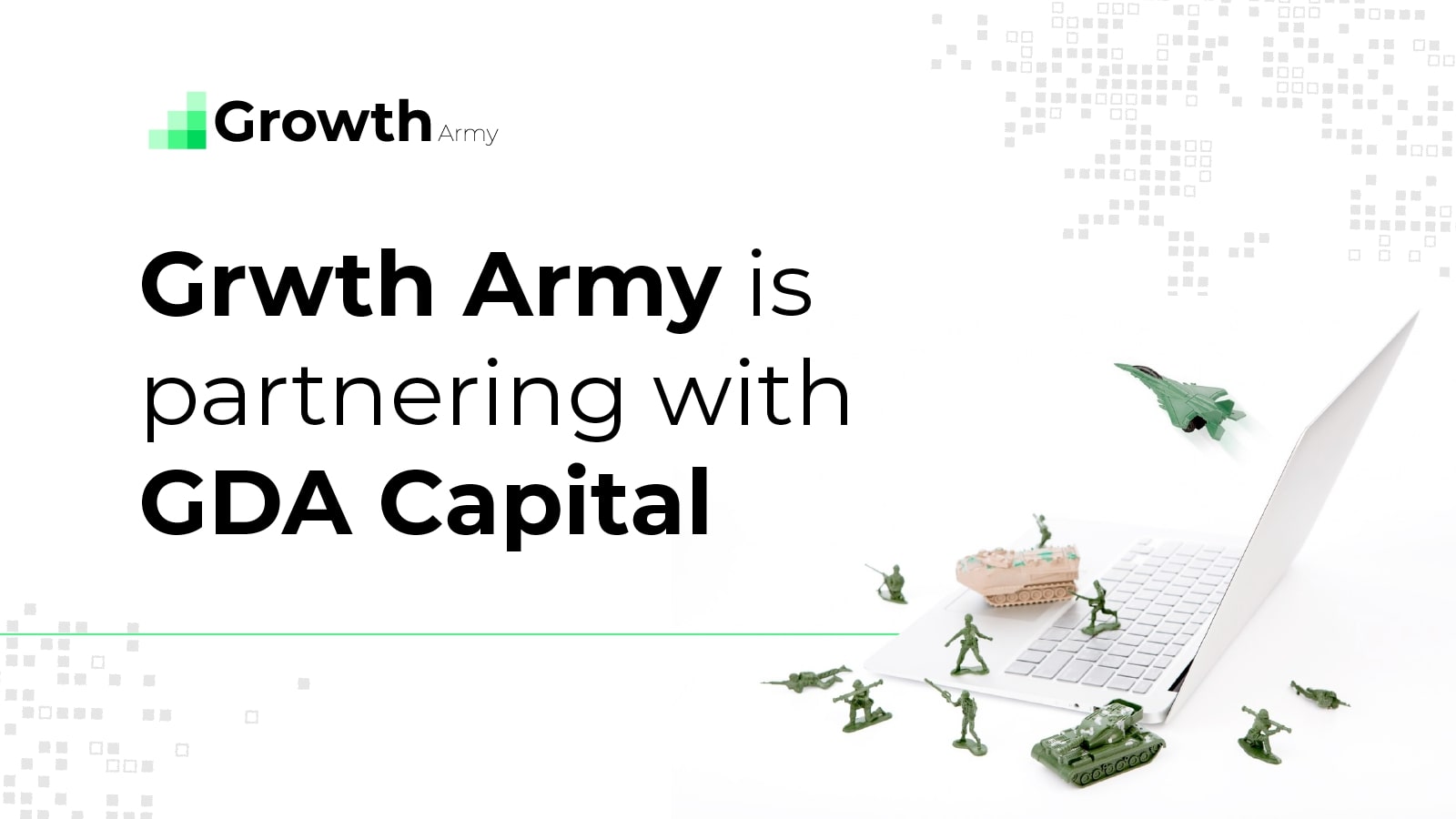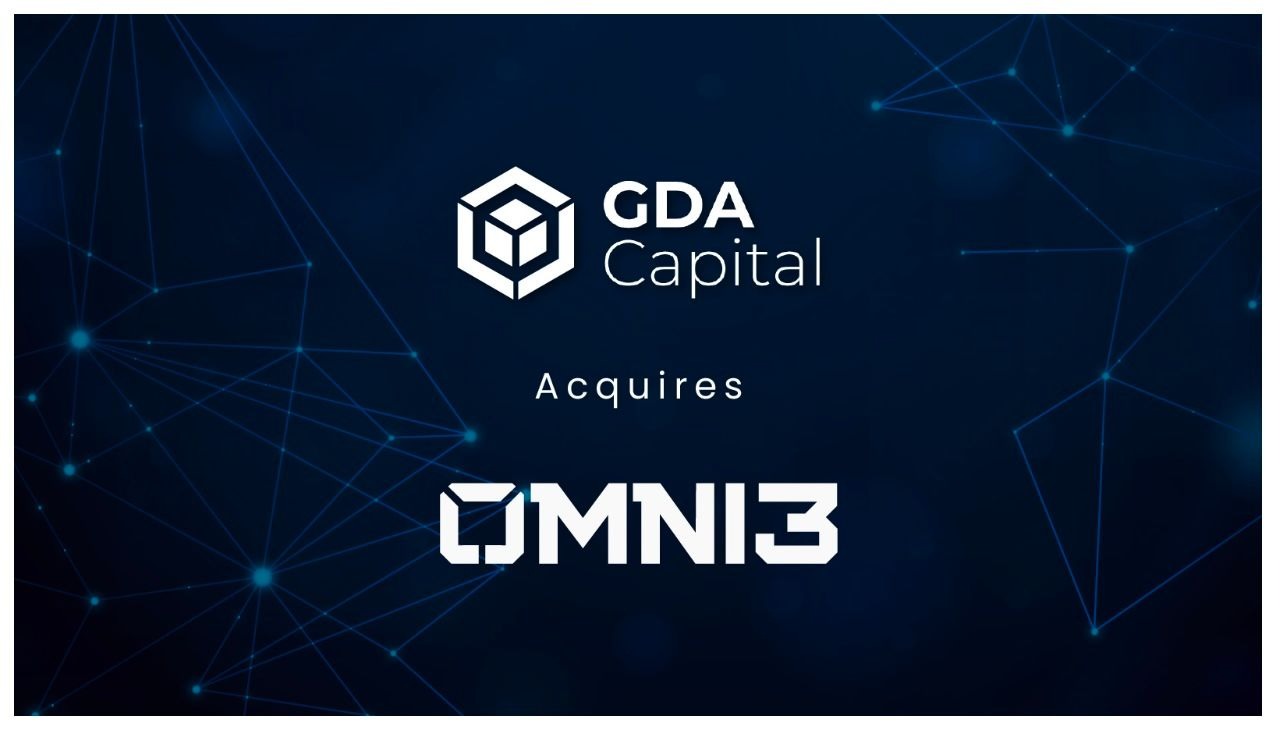From smartphones to reusable rockets, several concepts have crawled their way from science fiction to everyday reality. Theoretical concepts that are first depicted on the big screen are often deeply rooted in reality. One such concept seems to be completing this transition right now: the metaverse.
The term was first coined in Neal Stephenson’s 1992 science fiction novel Snow Crash. The novel depicts a three-dimensional space that allows human users to interact in real-time. In Stephenson’s vision, this dimension was the natural evolution of the internet. However, in 1992 the web itself was in its infancy. The bandwidth needed to stream real world 3D objects in real-time was nowhere near the horizon. Now it is.
The confluence of high-speed broadband, better digital animation engines, cheaper computing power and digital currencies are creating the metaverse science fiction writers imagined not too long ago. This new sphere of the internet could unlock new commercial opportunities for developers and investors.
The state of the Metaverse
Expensive virtual worlds are already commonplace in the gaming industry. With over 1.5 billion sq. miles. of surface area, Minecraft has the largest land-based open world. No Man’s Land, on the other hand, operates on a much larger scale, with 255 galaxies spread across a nearly-infinite procedurally generated universe.
Some open-world games, like Roblox, have managed to create self-contained ecosystems for players to interact in social and commercial ways. Children under the age of 13 were more likely to interact with their peers on Roblox than any other social media platform last year. Robux, the game’s built-in virtual currency, adds a commercial element to these social interactions.
Meanwhile, companies like Facebook are making these virtual worlds more immersive. Facebook Horizon, built on the Oculus device platform, is the social media giant’s vision of the metaverse. The product signals the fact that the most successful social media company views the metaverse as a natural evolution of the conventional internet.
Meanwhile, crypto projects such as Decentraland and non-fungible tokens (NFTs) are grappling with the idea of scarcity in the metaverse.
The road ahead
Better devices, greater functionality and wider adoption are needed to make the metaverse a mainstream reality. Heavyweights like Apple and Microsoft are working on augmented reality devices that could solve the biggest bottleneck for this sector in the years ahead.
With more functionality and wider adoption, a metaverse platform could serve as the best place to sell digital goods, offer virtual services, acquire digital assets and build unique solutions.
For corporations and investors looking to stay on the cutting-edge of digital technologies, experiments in the metaverse are certainly worth taking a closer look at.
Final thoughts
With better bandwidth, connectivity, the rise of digital assets, and cheaper computing power, the concept of a metaverse is gradually becoming a reality. The nascent sector is attracting tremendous capital and talent from the tech industry, which has quickened the pace of development. Investors and developers may want to position themselves for a new layer of the internet that could create tremendous value in the years ahead.



